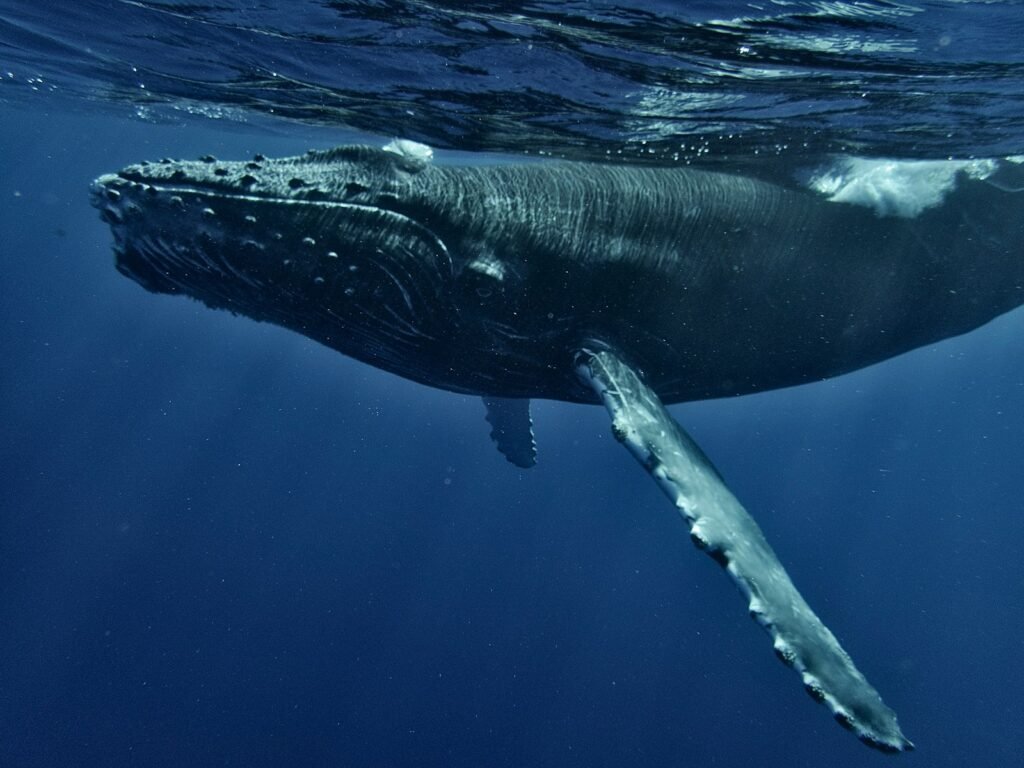We tell spooky stories about teeth, talons, and stingers, but the scariest thing in nature might be what happens when these animals disappear. Remove a predator and entire food webs wobble; lose a scavenger and pathogens get a free ride. The surprising twist is that many creatures people dread are the same ones quietly keeping our air breathable, our water cleaner, and our crops in the ground. Today, scientists are mapping those invisible services with GPS tags, isotopes, camera traps, and even environmental DNA – and the results are changing policy. What if the animals we fear most are actually the emergency crew keeping Earth stitched together?
Sharks: The Hidden Clues in a Thrilling Fin
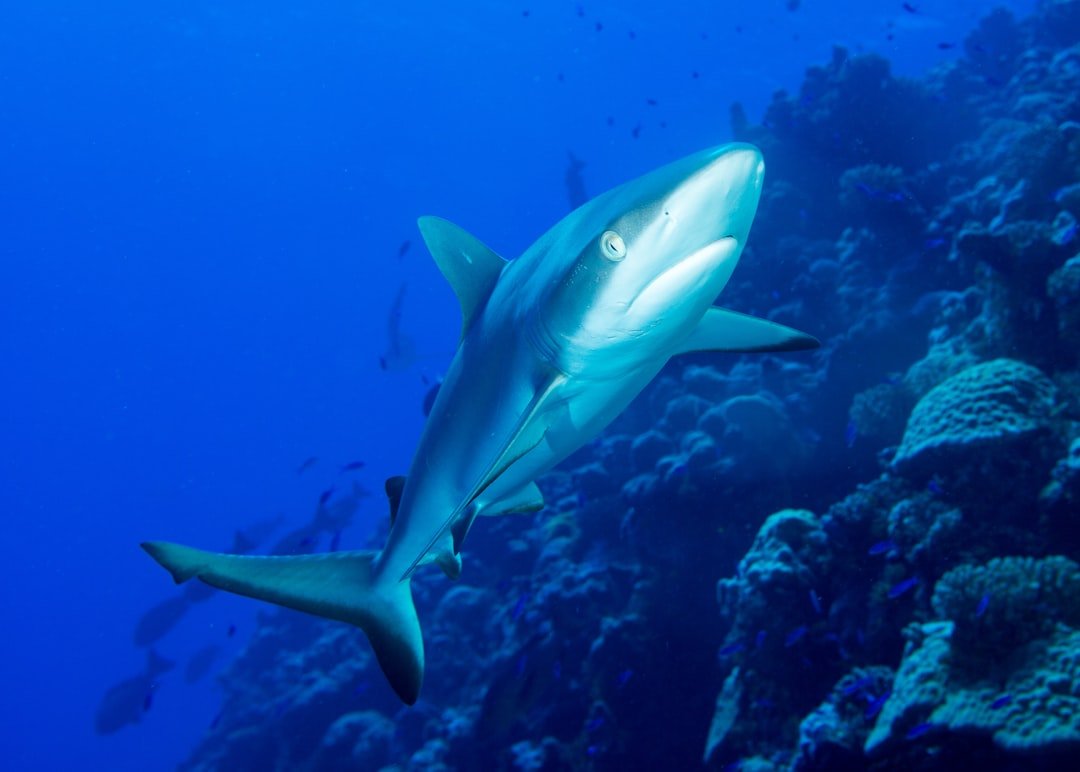
Sharks aren’t prowling beaches for people; they’re patrolling reefs like tough love gardeners. By nudging big fish to keep moving, sharks prevent overgrazing on corals and seagrass, the same habitats that shelter juvenile fish and store blue carbon. When top predators thin out, prey species balloon, grazing scars widen, and reefs slip from vibrant to brittle.
Tagging studies show sharks crisscross vast seascapes, linking distant habitats into one living network. I once flinched at a dark shape in the surf, until a ranger pointed out small blacktips corralling baitfish – a lightning-fast clean-up, not a threat. Fear misses the headline: healthy shark populations signal oceans that can still recover.
Bats: Night Shift Pest Control With Wings
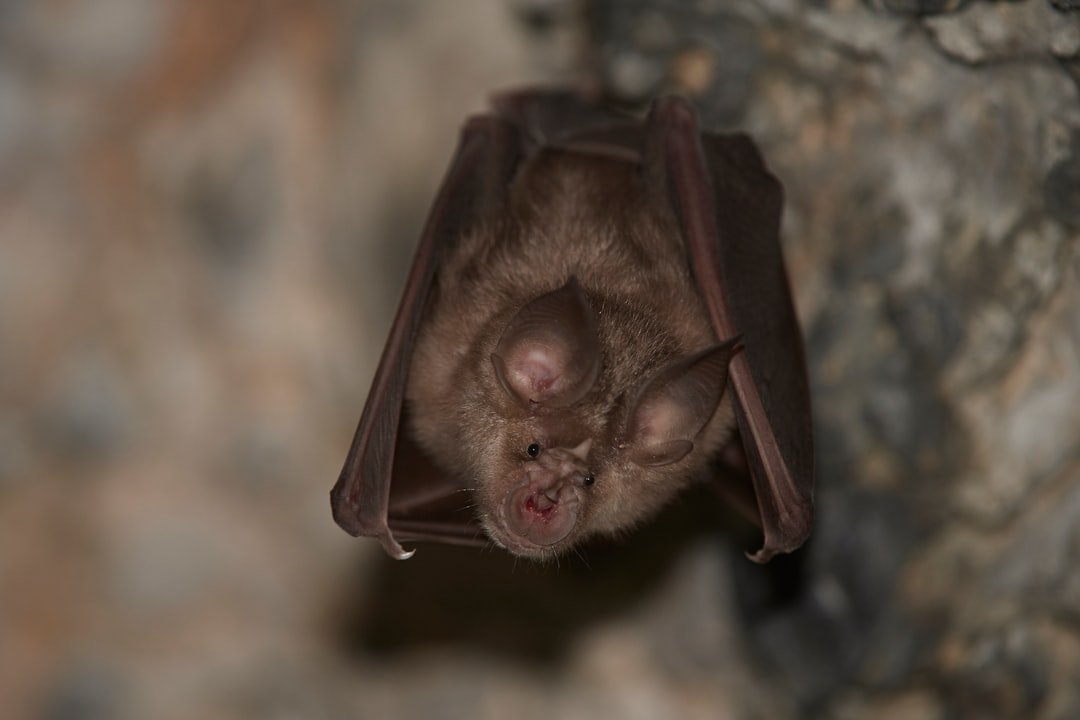
Every evening, bats launch like tiny storm clouds and get to work on insects that chew our crops and bite our skin. Field studies consistently find that bat foraging reduces pest pressure, which means fewer chemicals on fields and more money saved by farmers. In tropical forests, fruit bats disperse seeds across long distances, boosting regeneration after storms or logging.
Researchers tracking bat movement with miniature sensors keep uncovering just how far their nightly patrols reach. Public health teams also note that fewer mosquitoes isn’t a small perk for communities battling vector-borne disease. If you enjoy quieter fields and fewer bites, the credit belongs to the night crew.
Wolves: From Ancient Tools to Modern Science
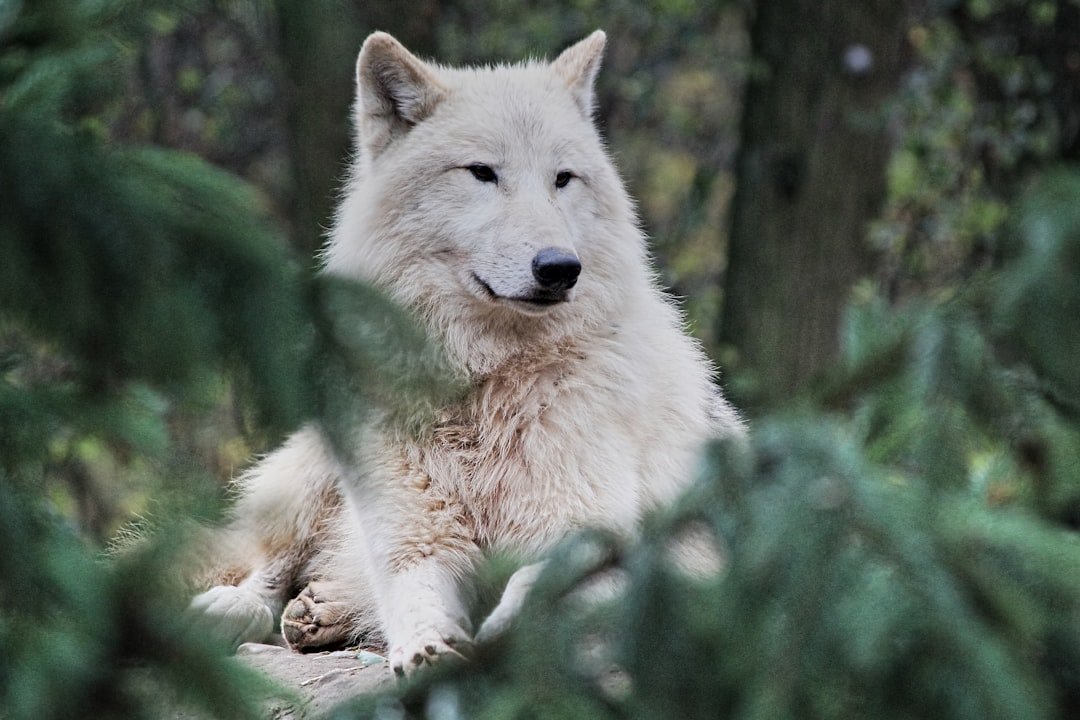
Wolves are not the villains of folklore; they’re architects of balance. Where wolves return, browsing animals change their routes and habits, easing pressure on young trees and stream banks. Those small behavioral shifts ripple outward, improving habitat for songbirds, beavers, and trout.
Modern GPS collars reveal the tempo of that change in real time, from pack ranges to kill sites that fertilize soil. While livestock conflicts are real, coexistence tools – range riders, fladry lines, and compensation programs – are making measurable dents in risk. The story is less about fangs and more about a landscape remembering how to breathe.
Vultures: Biohazard Teams of the Sky
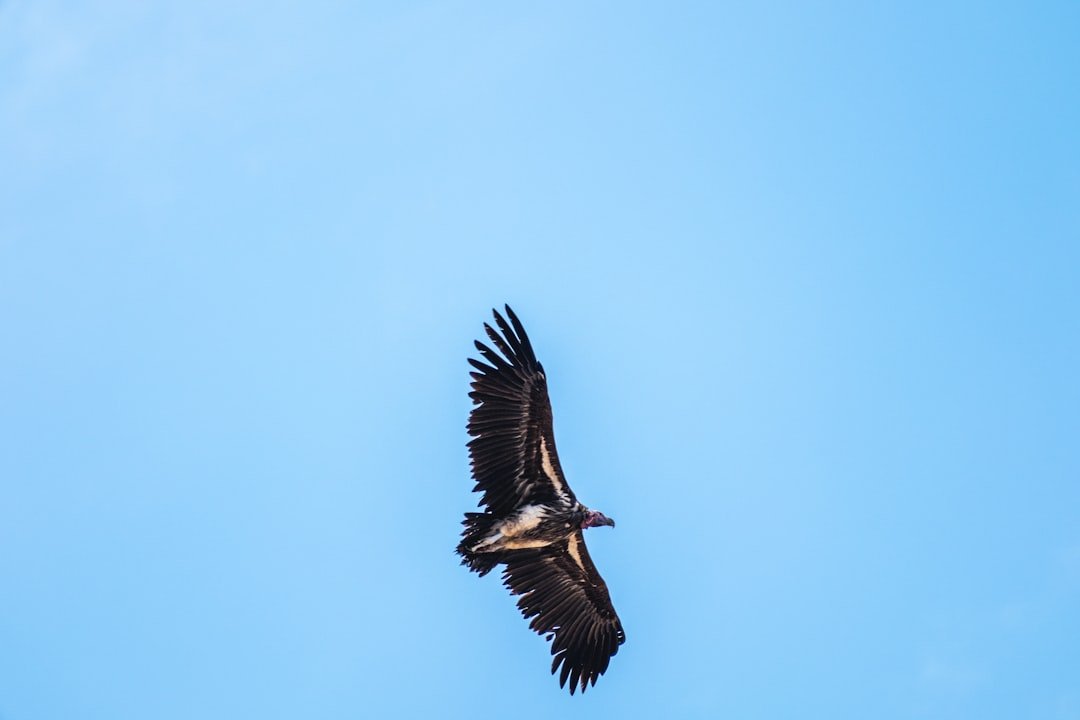
Vultures specialize in the job few want: they find carcasses fast and erase them even faster. Their stomach chemistry handles pathogens that would trouble many other animals, cutting the fuse on disease chains in warm, crowded environments. Where vulture numbers crash, carcasses linger, rodents and feral dogs surge, and health risks rise.
Conservation groups now monitor vulture health like an early-warning system, checking for toxins and tracking flight paths. It’s unglamorous work with glamorous impact; healthier scavenger guilds mean cleaner villages and safer water. If cleanliness has a winged mascot, it’s a silhouette circling high at noon.
Snakes: Silent Partners in Food Security
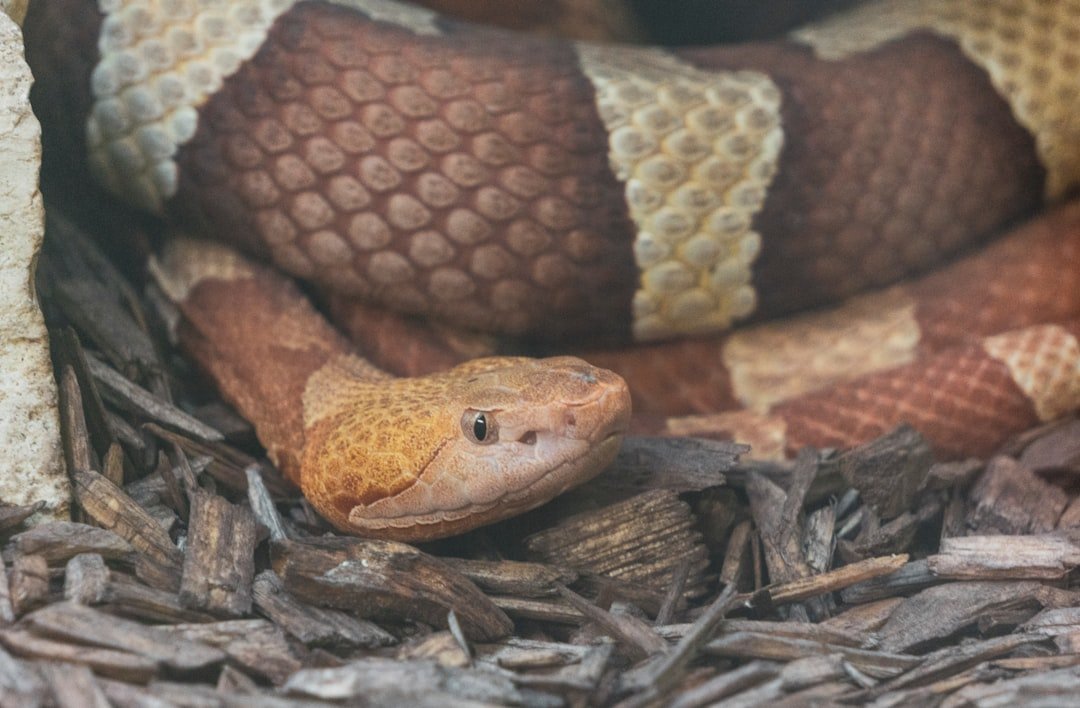
Snakes make many of us jump, yet their main course is often the rodents that raid barns and gnaw seedlings. By keeping rodent populations in check, snakes help protect stored grain and reduce the need for poisons that can backfire through the food chain. Farmers who tolerate resident rat snakes or gopher snakes often report calmer nights and fewer traps to check.
Herpetologists mapping snake diets and movement find them acting like living, low-cost pest management. Venoms, meanwhile, have inspired molecules for pain and blood disorders, a quiet pipeline from fear to therapy. The hiss you hear in tall grass may be the sound of crops getting a break.
Spiders: Engineers Behind the Curtain
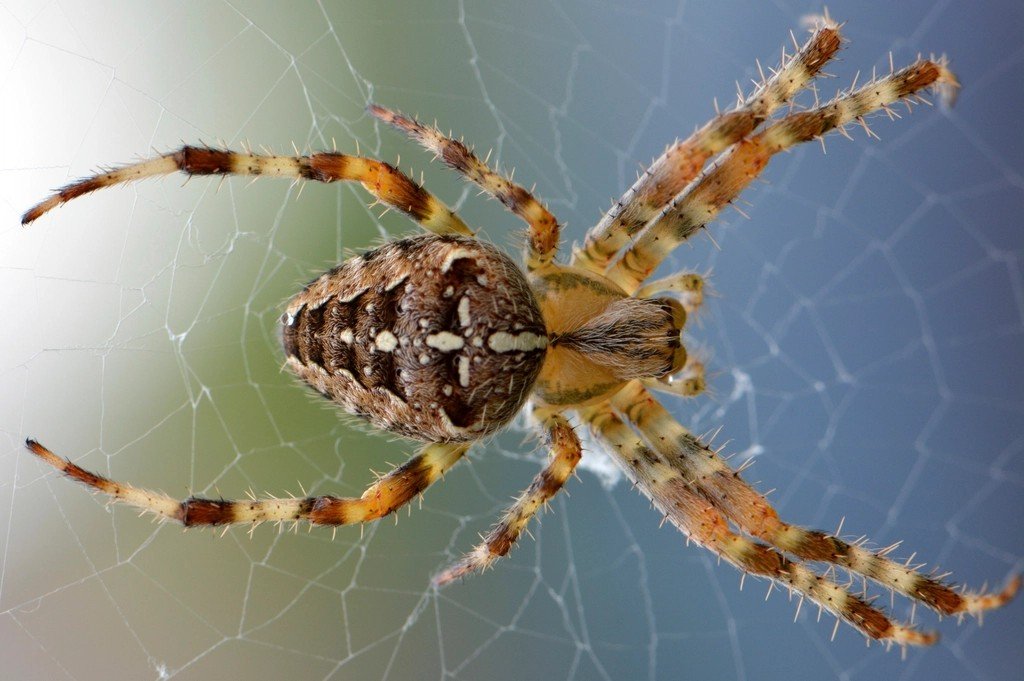
Step into a garden at dawn and the news is strung between branches – silk lines broadcasting that spiders worked the night shift. They consume throngs of plant-eating insects, sparing backyard tomatoes and commercial fields alike. That predation translates into fewer sprays and more resilience when pests boom during warm spells.
Silk itself, stronger than steel by weight, continues to inspire materials science from biodegradable sutures to lightweight gear. Arachnologists now use acoustic sensors and high-speed video to decode hunting strategies that look almost algorithmic. The web we fear is often a safety net we need.
Whales: Giants That Fertilize the Sea
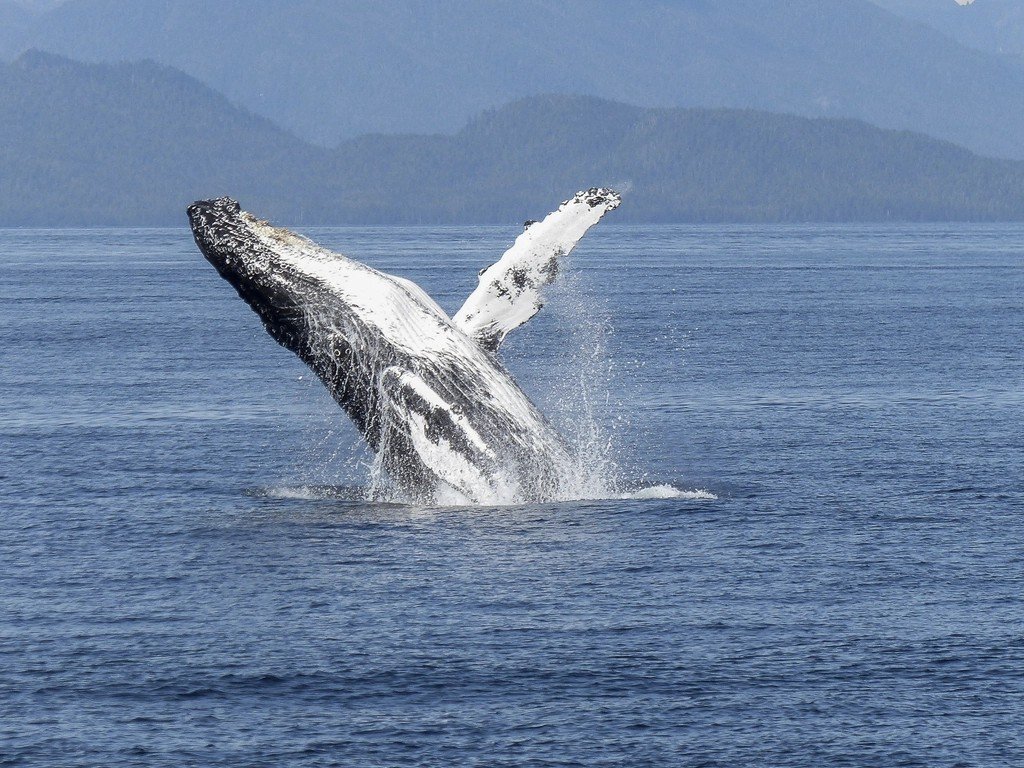
Whales move nutrients vertically, carrying iron and nitrogen from deep dives to sunlit surface waters in a kind of living elevator. Those nutrients feed microscopic plants that capture carbon and feed fish, anchoring food webs we depend on. When whales migrate, they tow these benefits across entire ocean basins.
Long-term photo-ID catalogs and drones measuring exhaled plumes have transformed whale science from guesswork to precision. Protecting migratory corridors and reducing ship strikes isn’t just compassion; it’s climate and fisheries policy rolled into one. The ocean breathes easier when whales do.
Beavers: Water Shapers in a Thirsty Century
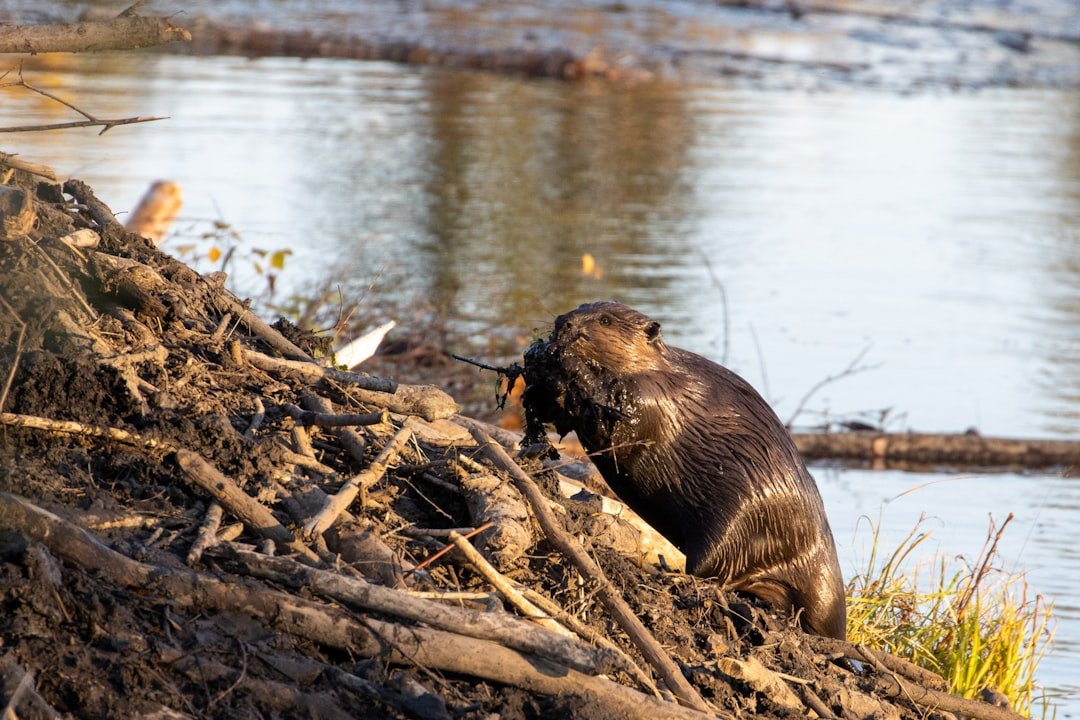
With a few branches and a stubborn mindset, beavers slow streams and spread water like careful accountants. Their ponds recharge groundwater, trap sediment, and soften floods that would otherwise rip through valleys. In dry seasons, these wetlands become lifeboats for fish, birds, and people’s wells.
Fire ecologists now see beaver complexes acting as green firebreaks that can temper fast-moving wildfires. Reintroduction projects pair wildlife biologists with ranchers to place beavers where they help, not hinder. The result is a landscape with more slack in the system – precisely what climate extremes demand.
Elephants: Gardeners With a Heavy Step
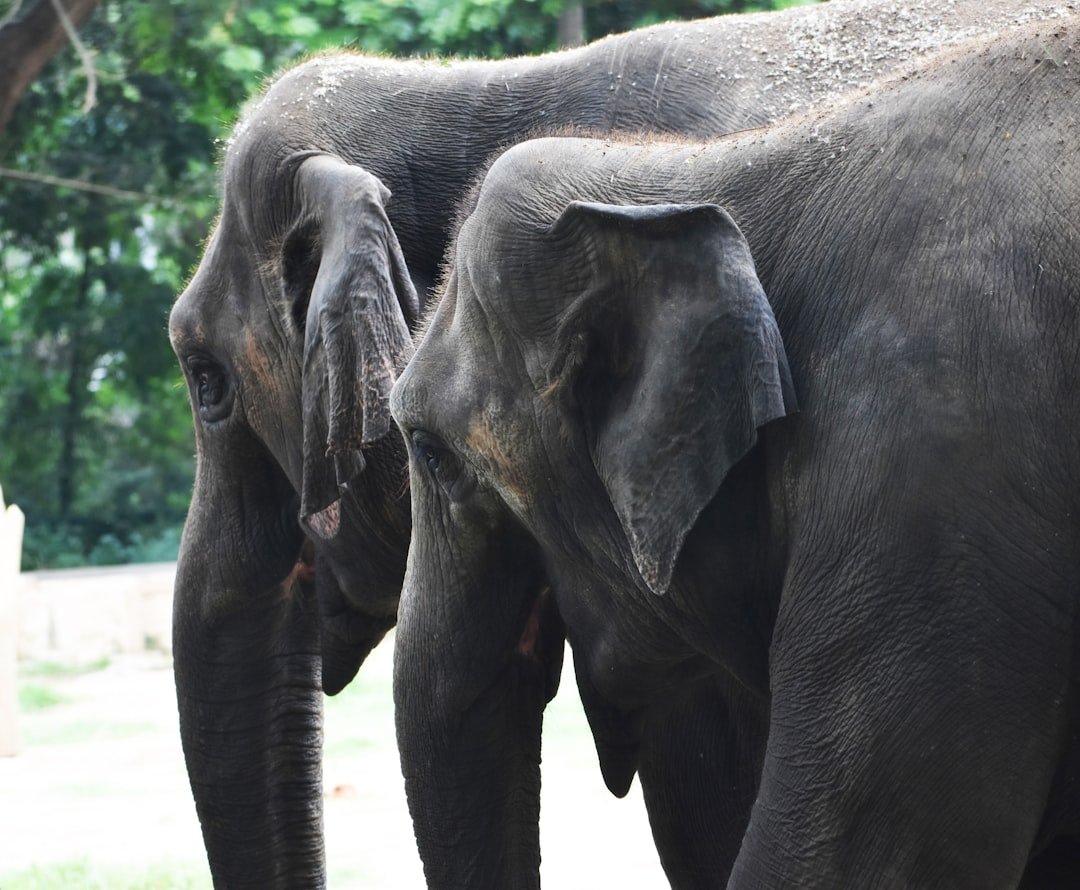
Elephants look destructive, but their selective browsing and long hikes rearrange plant communities in ways that boost diversity. They open clearings where sunlight reaches seedlings and carry seeds in their gut over astonishing distances. In drylands, their digging can reveal hidden water that other animals – and sometimes people – use.
Collar data shows elephant highways stitching together protected areas, revealing where corridors must be kept intact. Where conflict flares, beehive fences and early-warning networks have reduced crop losses without violence. The biggest land mammals turn out to be quiet planners of tomorrow’s forests.
Why It Matters
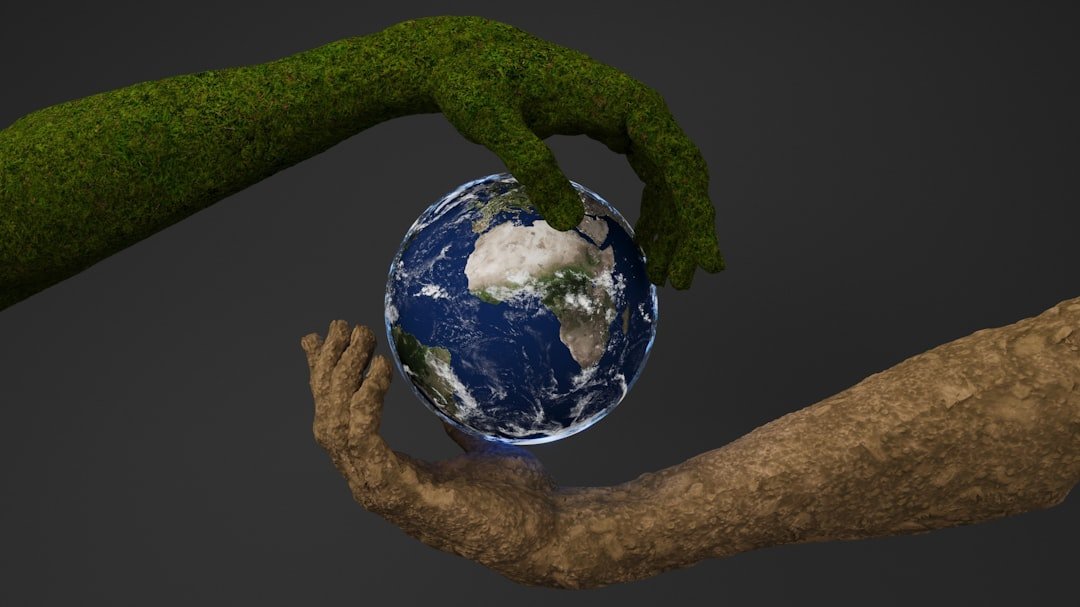
Traditional conservation pitched protection as charity; the new evidence frames it as infrastructure. Predators, scavengers, and engineers are not luxury items in nature’s museum – they are the machinery that keeps water clean, crops standing, and disease pressures lower. Compared with costly, one-off fixes, these animals provide repeated, distributed services that adapt as conditions change.
When we replace them with pesticides, pumps, or fences, the bill often returns with interest. Science is clear about the pattern: a living system with all its parts works better than a patched one missing key gears. Thanking these animals starts with recognizing their work as essential service, not spectacle.
Global Perspectives
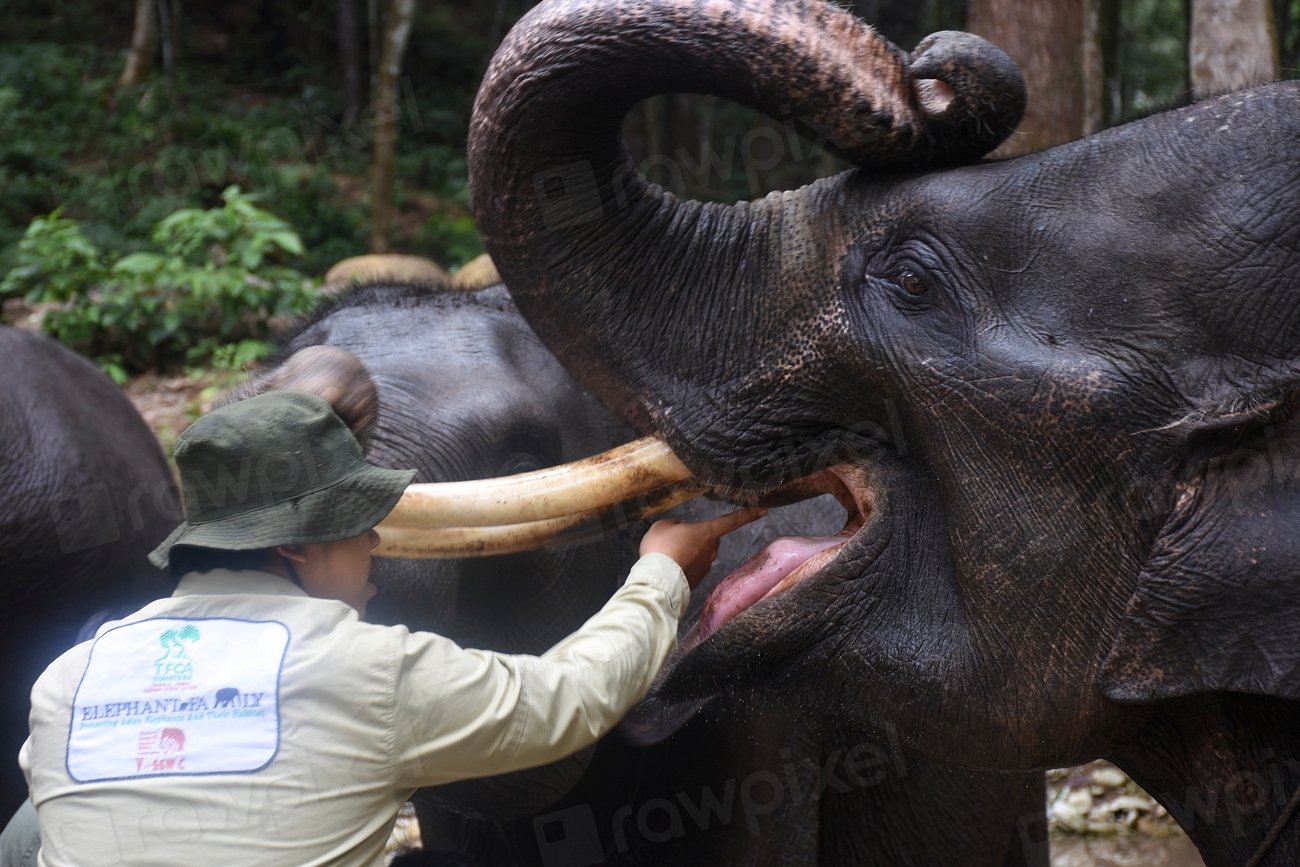
In coastal nations, shark sanctuaries double as tourism lifelines and reef insurance policies. Across grain belts, bat roost protection aligns farmers, public health workers, and city planners under the same roof. In rangelands, wolf coexistence programs build trust through practical tools rather than slogans.
Meanwhile, vulture-safe veterinary drugs, snake-friendly barn design, and elephant corridors are moving from pilot to policy. The throughline is pragmatic: safeguard the function, and communities see daily benefits. Fear fades fastest when neighbors can measure what they gained.
The Future Landscape
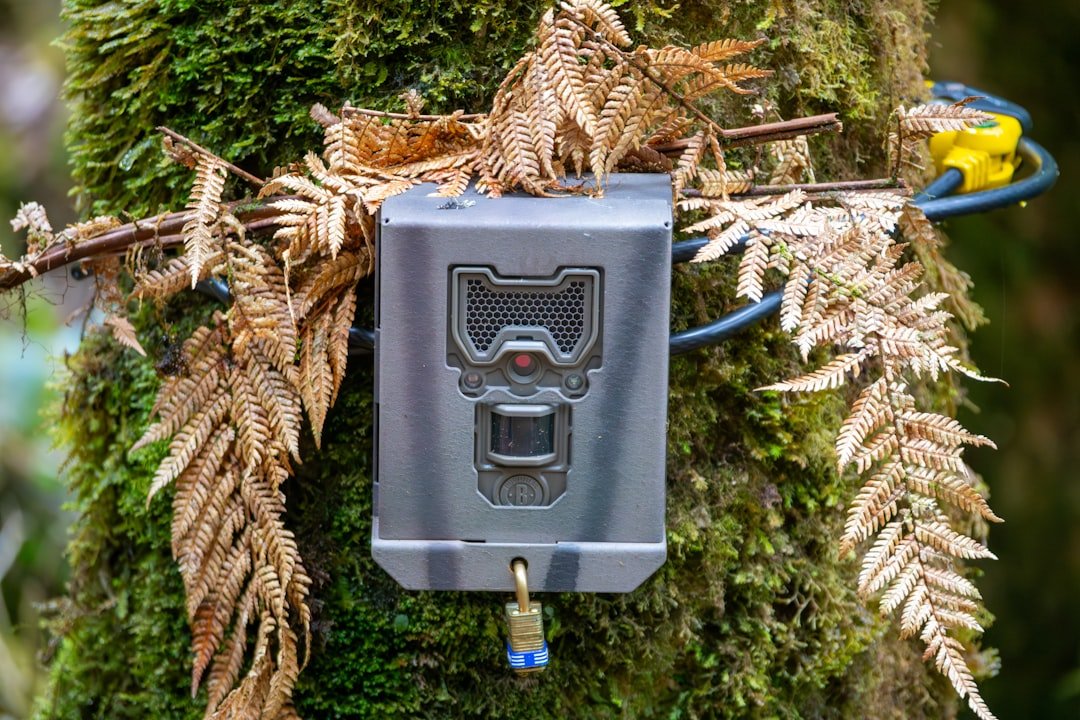
Next-generation tags, drones, and environmental DNA are turning guesswork into live dashboards for decision-makers. Forecasting models now test what happens to water, crops, and carbon if predators decline or scavengers rebound. That lets agencies target protections where the return on effort is highest.
Challenges remain – climate extremes, habitat fragmentation, and misinformation can undo years of progress overnight. But the toolbox is expanding: wildlife-friendly infrastructure, dynamic fishing rules, and conflict-prevention tech are scaling up. The smartest path forward treats these animals as partners in climate adaptation, not problems to be managed.
Conclusion
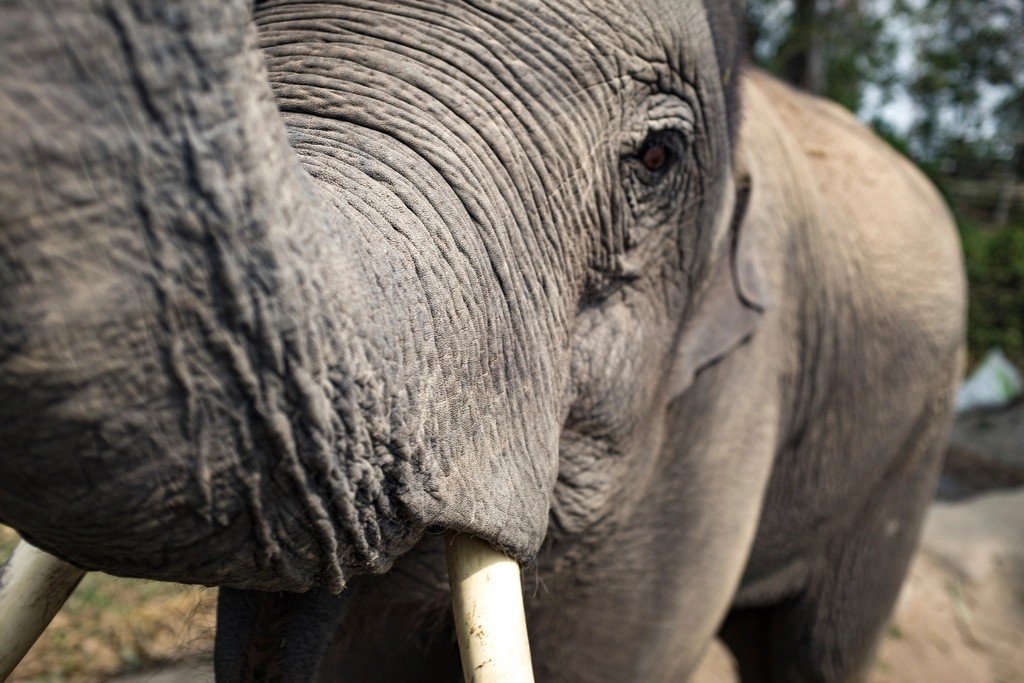
Start local: learn which of these species share your watershed, and support policies that keep their habitats connected. Swap fear for observation by visiting reputable sanctuaries, joining community science counts, or installing bat boxes where appropriate. If you farm or garden, try pest-smart designs that welcome spiders and snakes while keeping people safe.
Back organizations that restore beaver wetlands, monitor shark nurseries, or maintain elephant corridors. Most of all, talk about the services these animals provide; stories change faster than laws, and laws follow stories. Which creature on this list would you thank first?

Suhail Ahmed is a passionate digital professional and nature enthusiast with over 8 years of experience in content strategy, SEO, web development, and digital operations. Alongside his freelance journey, Suhail actively contributes to nature and wildlife platforms like Discover Wildlife, where he channels his curiosity for the planet into engaging, educational storytelling.
With a strong background in managing digital ecosystems — from ecommerce stores and WordPress websites to social media and automation — Suhail merges technical precision with creative insight. His content reflects a rare balance: SEO-friendly yet deeply human, data-informed yet emotionally resonant.
Driven by a love for discovery and storytelling, Suhail believes in using digital platforms to amplify causes that matter — especially those protecting Earth’s biodiversity and inspiring sustainable living. Whether he’s managing online projects or crafting wildlife content, his goal remains the same: to inform, inspire, and leave a positive digital footprint.

